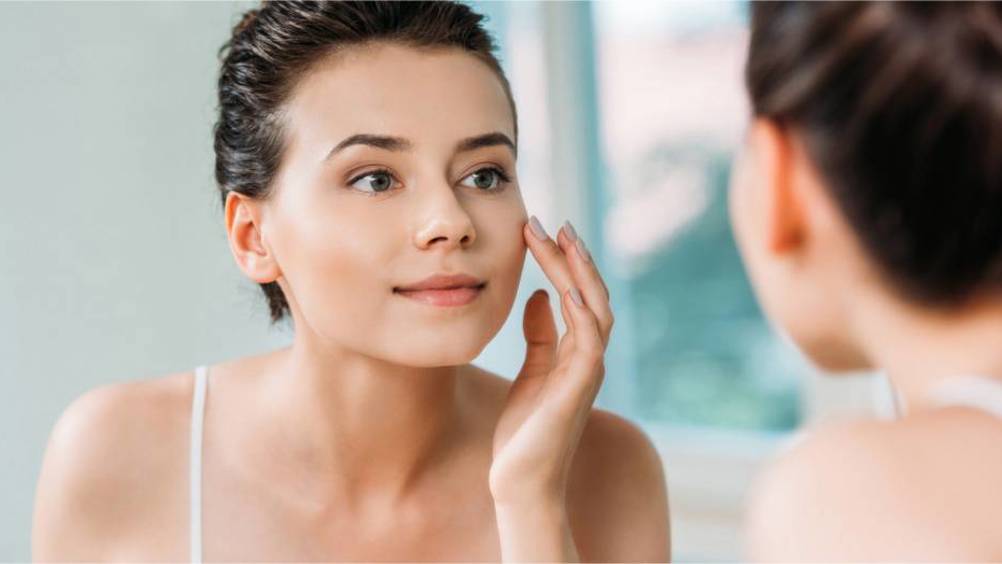References
Exploring the relationship between young people, body dissatisfaction and aesthetic procedures

Abstract
Physical appearance has long been documented to influence almost every aspect of an individual's life. The importance placed on physical attractiveness, combined with the pervasiveness of idealised bodies and appearances in Western societies, may result in dissatisfaction with appearance. Subsequently, individuals may explore methods and ways to alter their appearance in line with societal beauty ideals. An increasingly popular method of body modification is via aesthetic procedures. Thus, with the ever-rising exposure, popularity and affordability of such procedures, the associations between body image, aesthetic procedures and mental health are worthy of exploration.

Physical attractiveness is documented to influence almost every aspect of an individual's life, including one's self-esteem, body image, interpersonal relationships and employment opportunities (Johnson et al, 2010; Berry, 2016; Sanlier et al, 2018). The term ‘appearance ideal’ refers to a set of sociocultural standards of beauty one must meet to be considered conventionally ‘beautiful’ by society. When individuals do not meet these beauty standards, they are more likely to experience teasing, stigmatisation and discrimination and become more vulnerable to experience body dissatisfaction (Schmidt and Martin, 2019).
The prevalence of the ‘ideal’ feminine and masculine appearance in Western societies may reinforce potential discrepancies that individuals experience between their ideal self and physical self, exacerbating dissatisfaction with one's appearance (Jacobi and Cash, 1994; Dittmar et al, 2009). Thus, the steady rise of aesthetic surgeries and minimally invasive cosmetic procedures (MICPs) is unsurprising (British Association of Aesthetic Plastic Surgeons (BAAPs), 2019). Aided by the increasing exposure to a range of cosmetic procedures from the media, there has been a rise in public awareness and acceptance of such procedures, further adding to their popularity (Wen et al, 2017; Walker et al, 2019). Alongside the growing availability, accessibility and affordability of cosmetic procedures, this is likely to have contributed to the rapid rise in these procedures among young men and women over the past decade (Cook and Dwyer, 2017).
Register now to continue reading
Thank you for visiting Journal of Aesthetic Nurses and reading some of our peer-reviewed resources for aesthetic nurses. To read more, please register today. You’ll enjoy the following great benefits:
What's included
-
Limited access to clinical or professional articles
-
New content and clinical newsletter updates each month


